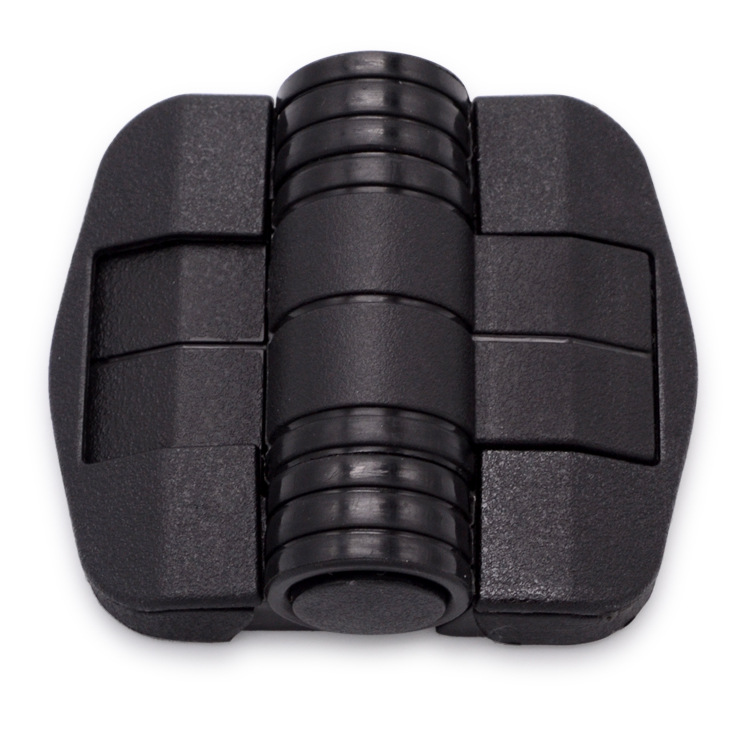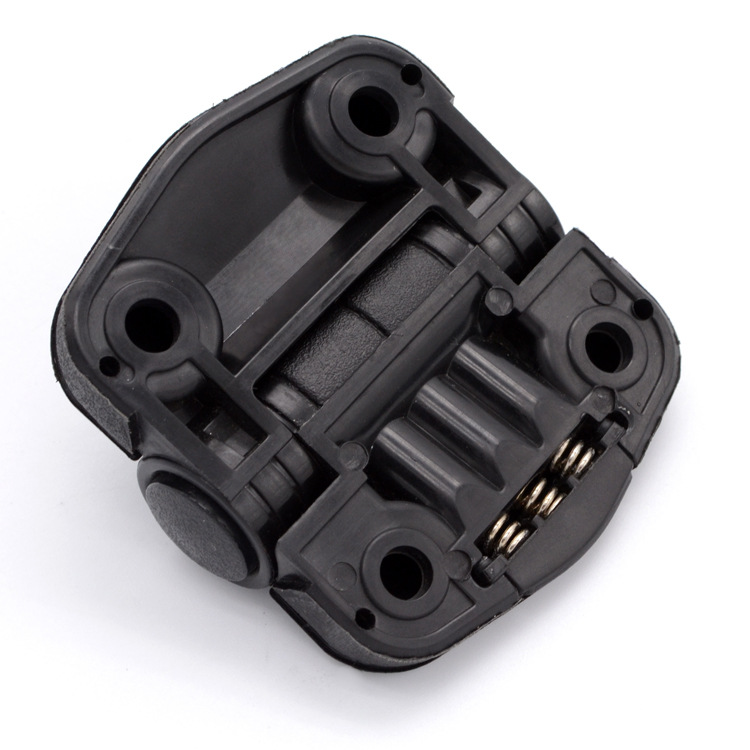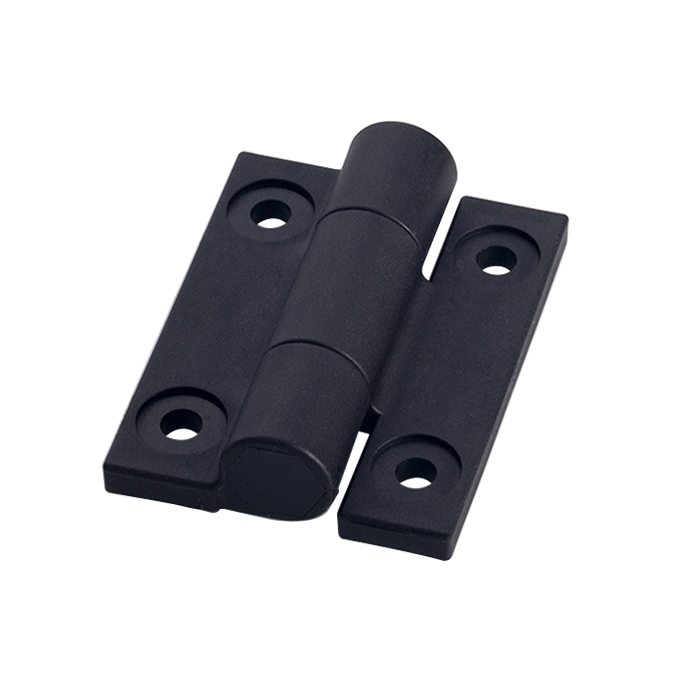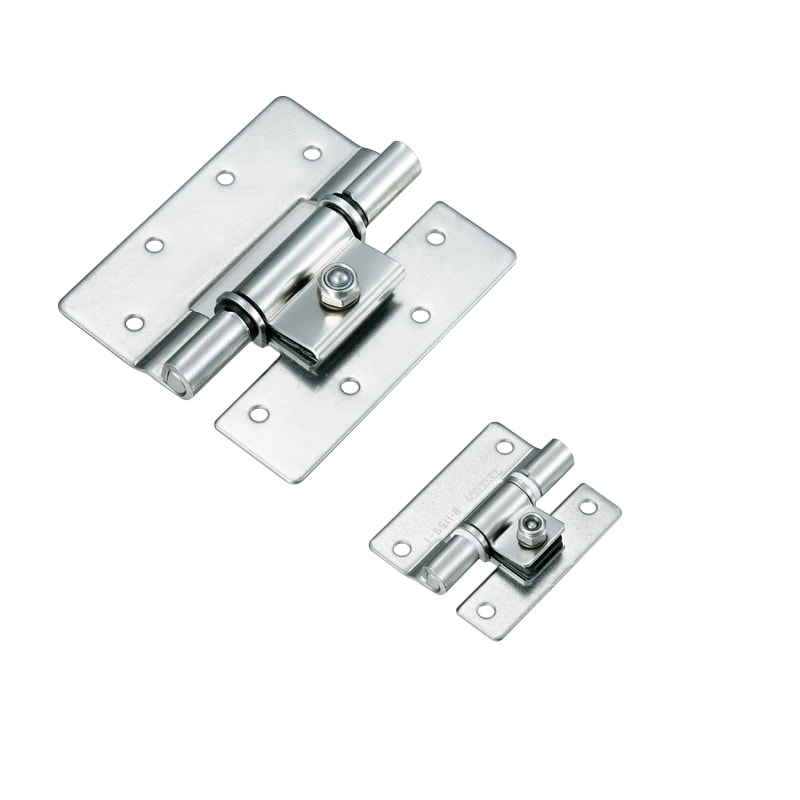Friction hinges might seem like a niche topic to the average reader. However, delve a bit deeper, and it’s clear why they are instrumental in the landscape of industrial manufacturing. Precision, efficiency, and consistency are the heartbeats of industries, and sometimes, it’s the smallest components that drive the biggest results.
Friction hinges, a fundamental yet overlooked component, play an integral role in ensuring optimal performance in a plethora of applications within the industrial manufacturing sector.
They’ve become indispensable, addressing unique challenges that other hinge types can’t contend with. From intricate devices to high-performance machines, the unsung hero often lies in the seamless operation these hinges offer.

What Exactly Are Friction Hinges?
Friction hinges, at their core, are rotational joints. They utilize a controlled and constant resistance to rotation, differentiating them from their regular counterparts.
By applying resistance through friction, these hinges can hold a position without the need for external locking mechanisms or constant force. This characteristic makes them particularly valuable in applications where an item, such as a lid or display, needs to be held in place at a specific angle without the risk of it falling or moving unintentionally.
Why Does the Industrial Sector Prefer Them?
There’s no one-size-fits-all in industrial manufacturing. Customization and precision are vital. And this is where friction hinges shine.
Offering unparalleled flexibility in torque adjustment, they can be tailored to specific needs, ensuring an exact performance every time. From aerospace to robotics, the adjustable resistance these hinges provide ensures optimal functionality and extends the longevity of equipment.

How Do They Enhance Product Lifespan?
Maintenance and equipment lifespan are critical factors in industrial manufacturing. No one wants constant replacements or repairs.
The self-contained nature of friction hinges reduces wear and tear. The design inherently minimizes the accumulation of debris, ensuring smooth operation and reduced maintenance downtime. Consequently, the equipment benefits from extended usability.
Are They Suitable for High-Tech Applications?
In a world driven by technology, the requirements for components become stringent. Can friction hinges rise to the challenge?
Indeed, they can. Many high-tech applications, especially in the realms of electronics and robotics, demand hinges that can operate with minimal noise and maximum precision. The operational silence and exactitude of friction hinges make them a preferred choice in such scenarios.

What About Weight Restrictions?
Heavy machinery and weighty components are staples in industrial manufacturing. Can such lightweight hinges handle the pressure?
Friction hinges are deceptively robust. While their construction might seem delicate, they are designed to bear significant weight and stress, ensuring that even the heaviest of machinery operates seamlessly.
How Does Customization Play a Role?
Standard solutions often don’t cut it in the intricate world of industrial manufacturing. Is customization a possibility with these hinges?
The versatility of friction hinges allows for an extensive degree of customization. Whether it’s adjusting the torque, size, or material, these hinges can be modified to fit a wide array of applications, making them a sought-after component in bespoke industrial solutions.

Are They Cost-Effective for Large-Scale Operations?
Budget constraints are an ever-present concern in any sector. How do these hinges fare when it comes to cost?
When considering the long-term benefits, friction hinges are highly cost-effective. Their durability, reduced maintenance needs, and customization options mean they offer an optimal balance between quality and cost, making them a wise investment for large-scale industrial operations.
Conclusion
Friction hinges, while small in stature, play a monumental role in the world of industrial manufacturing. Their versatility, durability, and precision place them at the forefront of essential components, driving efficiency and innovation in countless applications. For industries that demand nothing but the best, it’s clear that the quiet efficiency of friction hinges makes a world of difference.
You might also be interested:




